Compression Socks for Raynaud’s: Can They Help?
If you have Raynaud’s disease (AKA Raynaud’s phenomenon), you likely experience frequent discomfort because of cold or tingling feet. According to the National Institute of Health, Raynaud’s disease causes narrowing of the blood vessels, particularly in extremities like the feet and hands, specifically the toes and fingers. In some cases, this phenomenon can even affect the ears and nose. Raynaud’s disease leads to poor blood flow, which cause your extremities to feel cold, tingly, or downright painful.
Easing the symptoms of Raynaud’s disease often involves warming up the extremities. Scientific theory suggests that by boosting blood flow, compression of the extremities with compression socks or gloves can keep you more comfortable by helping your toes and feet stay warm.
Read on to learn all about using compression socks for Raynaud’s disease, the potential health benefits, and how to maximize your comfort.
Do Compression Socks Help with Raynaud’s Disease?
Yes, current scientific evidence suggests that compression socks could improve symptoms of Raynaud’s disease by improving blood flow in the legs. One major scientific report discussed that managing Raynaud’s disease typically involves two major items:
- Keeping your extremities warm
- Improving peripheral circulation
By applying gentle, therapeutic pressure to the lower limbs, graduated compression socks improve peripheral circulation, which counters the negative effects of blood flow restriction caused by Raynaud’s phenomenon. This helps keep your toes warm and mobile to relieve pain and discomfort. Because of these benefits, compression socks may also reduce the frequency and severity of Raynaud’s episodes, which makes them a great preventative tool to keep Raynaud’s disease under control.

Keep feet warm all year long thanks to compression socks.
How Do Compression Socks Work for Raynaud’s Disease?
Compression socks, and in particular the graduated design we offer at Vim & Vigr, help boost localized blood flow in the lower extremities. Thanks to this, Raynaud’s patients can avoid the tingling or painful sensations associated with the condition. Better circulation also keeps feet warmer and more comfortable regardless of the season and weather.
How Graduated Compression Improves Circulation
According to an article in the Canadian Medical Association Journal, applying graduated compression may increase the speed and volume of blood flow out of the legs. Vim & Vigr socks are designed to be tighter around the ankles with the pressure gradually releasing as the sock approaches the knee. This stimulates upwards blood flow, working against gravity’s downward pressure, to reduce the risk of blood clotting or pooling around the ankles.
Combining this improvement in blood flow with a gentle massage can enhance the benefits of compression socks for people suffering from pain and discomfort in the legs and feet due to Raynaud’s disease. Our socks can also provide support to your joints while protecting the lower legs from scrapes, scratches, and other similar injuries.
Effects of Better Blood Flow on Raynaud’s Symptoms
The great thing about Raynaud’s episodes is that, unlike poor circulation brought on by chronic venous disease or atherosclerosis, the circulation “glitch” is temporary and can be reversed.
The best way to treat or alleviate Raynaud’s symptoms is to try to prevent them altogether, with a combination of support for the blood flow in your extremities and keeping them warm. Compression socks are great for both. On the one hand, graduated compression stimulates blood flow and prevents any blockages and blood pooling, and on the other hand, the increase in circulation helps warm up the toes, while good-quality fabrics like merino wool are designed to keep you warm.
Improved blood flow also facilitates movement and increases comfort levels. Instead of feeling your toes go numb because of Raynaud’s, compression socks keep the blood flowing which could help your feet feel more energetic and mobile.

Discover merino wool compression socks for toasty toes.
The Benefits of Compression Socks for Raynaud’s Disease
Research shows that compression therapy improves circulation, which will help Raynaud’s patients regain warmth and mobility in their extremities. Additionally, wearing high-quality graduated compression socks offers joint and foot support, delivers a relaxing massage to muscles, which can help you improve your overall well-being.
Enhanced Circulation
Graduated compression stockings and socks boost peripheral circulation. Their design stimulates blood flow out from the extremities and back towards the heart. This prevents blood from pooling at the ankles and keeps it flowing through the feet and lower legs, which keeps you warm and comfortable while avoiding that feeling of “heavy legs.”
Reduced Symptoms
Raynaud’s patients mainly suffer from poor circulation as well as chills and tingling in the toes or other extremities (fingers, ears, lips). While wearing compression socks cannot heal the actual effect Raynaud’s has on the blood vessels, compression socks can improve patients’ overall well-being and boost their blood flow to the extremities. Compression socks also massage the feet and lower legs to soothe aches and discomfort. Finally, the support they provide for the limbs is welcome by those trying to stay active while recovering from a Raynaud’s episode.

Relax and soothe aching muscles with your favorite compression socks.
Increased Warmth and Comfort
The increase in blood circulation in and around the feet and legs helps people suffering from Raynaud’s to improve comfort levels and feel warmer. Additionally, wearing high-quality soft fabrics that are also known for their thermal regulating properties, like merino wool, is a great way to reverse the symptoms of Raynaud’s disease.
At Vim & Vigr, our knee-length graduated compression socks made from merino wool are hypoallergenic and antibacterial. This makes the merino wool compression socks ideal for people suffering from various health conditions or for those whose lower leg skin may be particularly sensitive. In addition to keeping your feet warm, these socks are also breathable and moisture-wicking, which helps you avoid sweat and humidity. This means you can enjoy Vim & Vigr’s merino wool socks in any weather condition to have dry, warm, and happy feet.
When to Wear Compression Socks for Raynaud’s
When and how long to wear compression socks is a matter of personal preference. They can be kept on for as long as you feel comfortable, but we recommend that first-time users start with a few hours of wear and gradually increase the time up to a day (or even 24 hours). If you have any concerns about your circulation, be sure to consult with a medical professional.
You can wear your compression socks during the day. In fact, many professionals who spend a long time on their feet (like teachers, nurses, or hairdressers) can count on compression socks to prevent sore legs and stay energized, while avoiding swelling and problems with blood flow. Alternatively, you can also reach for your compression socks when your symptoms hit to alleviate your pain or chills. Wear them for as long as you feel comfortable to boost circulation and warm up your toes.
The Best Compression Socks for Raynaud’s Syndrome
At Vim & Vigr, we offer a wide range of stylish compression socks and stockings to go with any outfit or activity. This helps you stay comfortable and pain-free during work, play, or sports, or while you are simply relaxing at home. But, to make the most of your compression wear, here is information about compression socks you should know.
Compression Level
Not all compression socks apply the same level of pressure to the limbs. In fact, the pressure from these garments is measured in mmHg and there are generally three ranges:
- 15-20 mmHg - casual, everyday compression socks you can wear to work or while recovering from your workouts that are firm enough to help boost circulation and keep feet warm for Raynaud’s patients.
- 20-30 mmHg - stronger pressure, usually recommended by medical professionals for those who suffer from blood clots or other circulatory issues; depending on your Raynaud’s symptoms, your doctor could encourage you to try these.
- 30-40 mmHg - medical grade, prescription-only socks used by patients with deep vein thrombosis, varicose veins, severe cases of circulatory problems, etc.; could be beneficial for Raynaud’s patients who also suffer from circulatory problems; consult with your doctor.
Depending on your symptoms and overall health condition, you could benefit from either of these three levels of compression. Speak to a medical professional and check out more information on compression levels here.
Material and Style
One of the best things about wearing compression socks to improve peripheral circulation is that you can choose from so many designs, styles, and materials. This ensures your garments are adapted to your activity levels and personal preferences, so you can feel stylish and comfortable while getting health benefits.
At Vim & Vigr, we know how important it is that your compression garments match your style. This is why we offer not just the classic knee-high compression socks in a wide range of colors and designs, but also variations that we know people need. These include open-toe compression socks to wear with sandals, calf sleeves, or full-length compression tights. If you suffer from Raynaud’s syndrome, your top choices will be classic compression socks or tights, so that you can cover your toes (the primary affected areas). However, outside Raynaud’s episodes, more choices exist.
Finally, material is important because it will dictate how comfortable and warm your toes will get:
- Merino wool is ideal for Raynaud’s patients because it is moisture wicking and thermoregulating - meaning that it will keep feet dry and warm in cold temperatures, but will also let them breathe enough to stay cool if it gets warm out; this is perfect for runners, for example, because it reduces the risk of sweaty feet, blisters, and discomfort, while also keeping bacteria away from feet.
- Cotton is an excellent choice for everyday wear, feeling soft and comfortable, but doesn’t keep your feet as warm as merino wool; cotton socks will still, however, boost blood flow and help reduce inflammation and swelling.
- Nylon is smooth and flexible, a really good choice for physical activity as it moves seamlessly with your body and feels very lightweight.
Sizing and Comfort
Before you pick your next pair of compression socks for Raynaud’s disease, make sure to measure the circumference of your calf muscles and then map that against your shoe size here. Using our sizing guide helps ensure that the socks you wear are tight enough to give you the circulatory boost you need, without causing pain or discomfort.
To be effective, compression socks need to be worn correctly to apply enough pressure to stimulate blood flow and help your lower limb veins carry the blood up towards the heart. At the same time, a common mistake is to wear socks that are too small, which ends up feeling uncomfortable and can even cut off your circulation, which could cause the opposite effect to what you are looking for. Conversely, if you wear them too loose, your socks will not give you the therapeutic pressure you need. They can even roll down and may cause accidents!
The key to getting comfortable with your compression socks is to start using them regularly in short bursts, allowing your legs to get used to them gradually. Increase the length of time with every wear, adjusting as you need to. In time, your compression socks will become a part of your daily routine and help reduce your Raynaud’s symptoms, improving your well-being overall.
References
National Institute of Arthritis and Musculoskeletal and Skin Diseases. 2024. Raynaud’s Phenomenon. NIH.gov. Read it here.
Charles, T., Mackintosh, D., Healy, B., Perrin, K., Weatherall, M., & Beasley, R. (2011). Merino wool graduated compression stocking increases lower limb venous blood flow: a randomized controlled trial. Advances in therapy, 28(3), 227–237. Read it here.
Benko, T., Kalik, I., & Chetty, M.N. (1999). The physiological effect of graded compression stockings on blood flow in the lower limb: an assessment with colour doppler ultrasound. Phlebology, 14(1): 17-20. Read it here.
Herrick A. L. (2017). Evidence-based management of Raynaud's phenomenon. Therapeutic advances in musculoskeletal disease, 9(12), 317–329. Read it here.
Lim, C. S., & Davies, A. H. (2014). Graduated compression stockings. CMAJ : Canadian Medical Association journal = journal de l'Association medicale canadienne, 186(10), E391–E398. Read it here.
Corliss, J. (2024). Icy fingers and toes: poor circulation or Raynaud’s phenomenon? Harvard Health Publishing. Read it here.
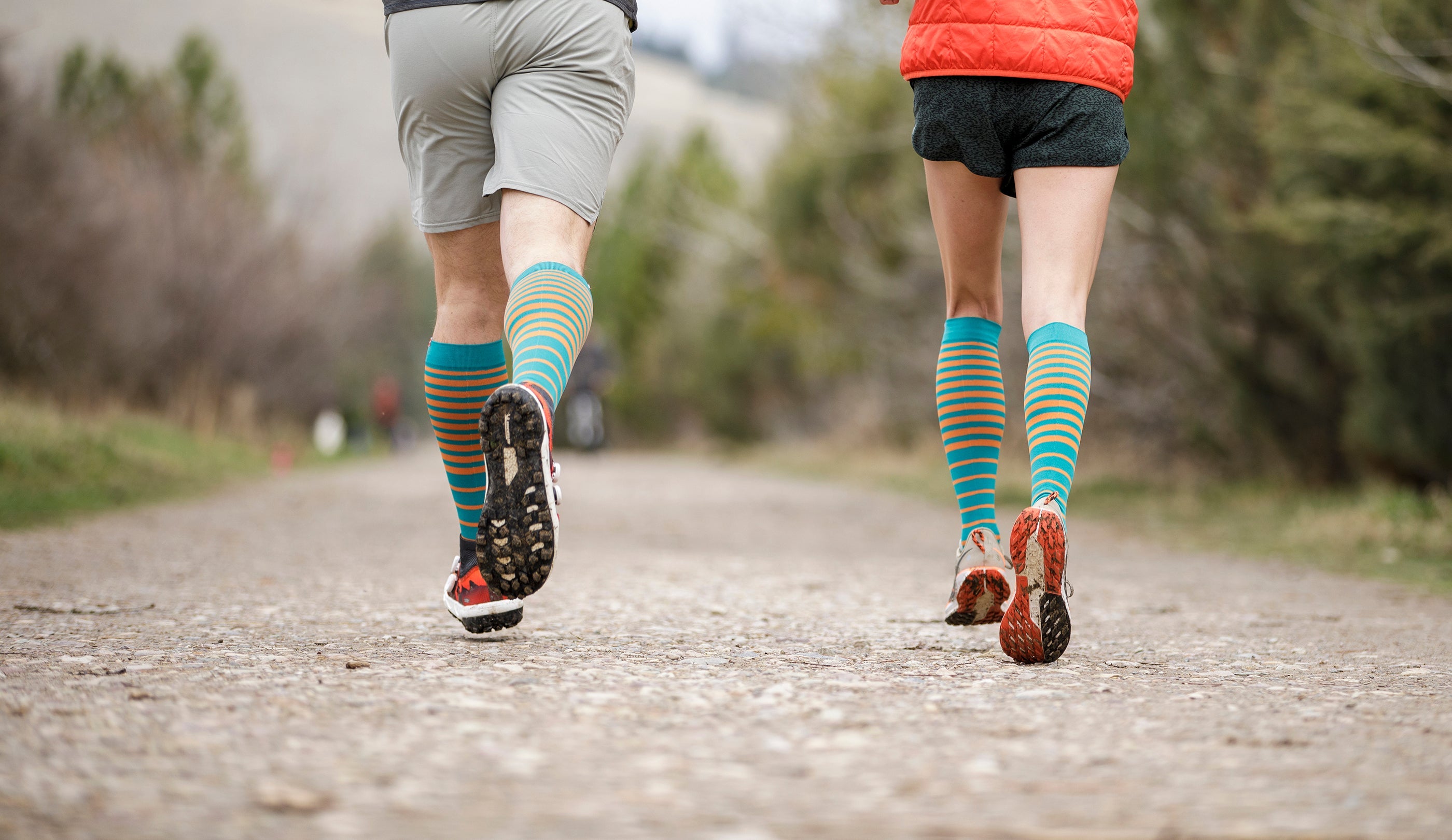
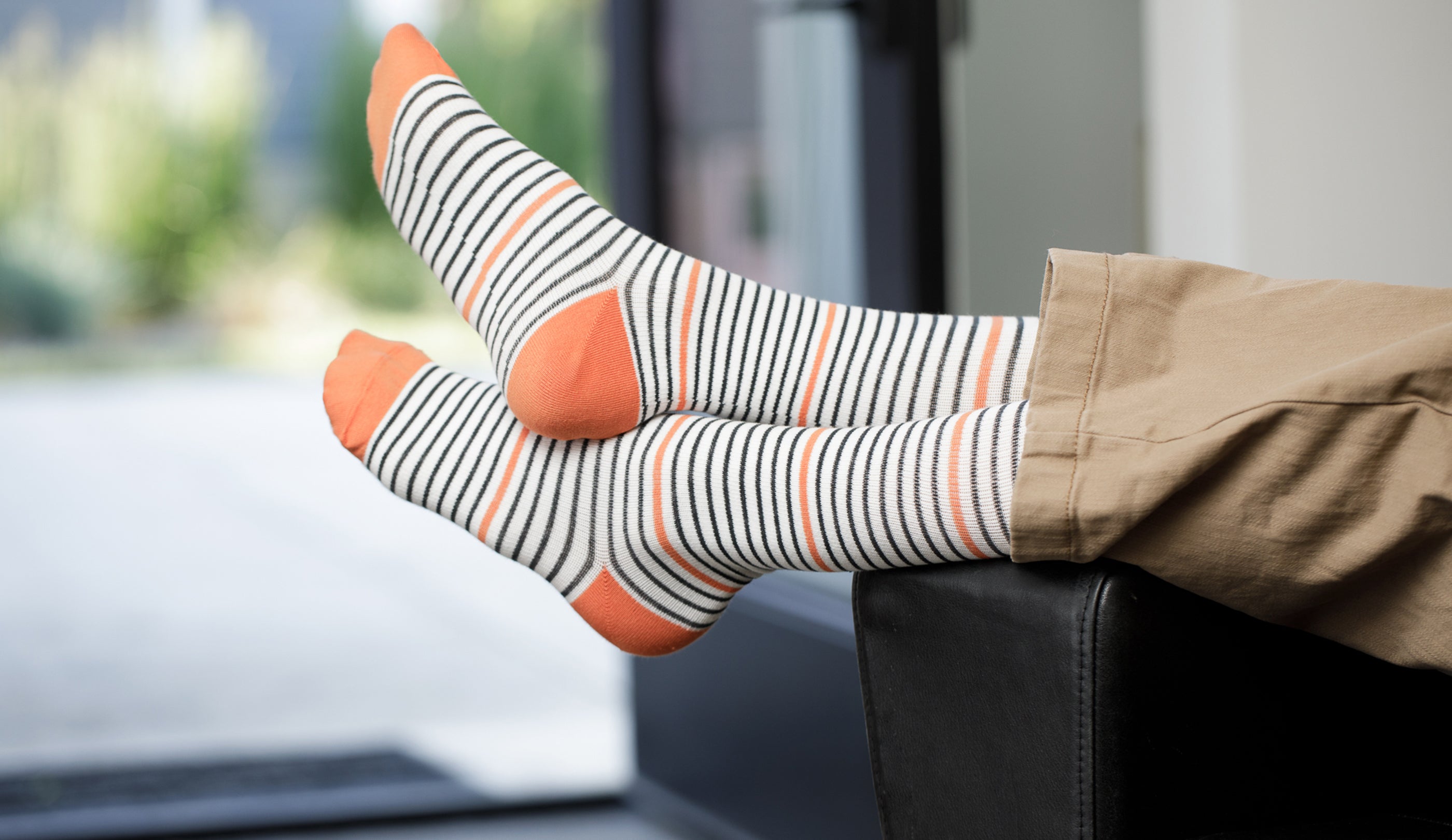
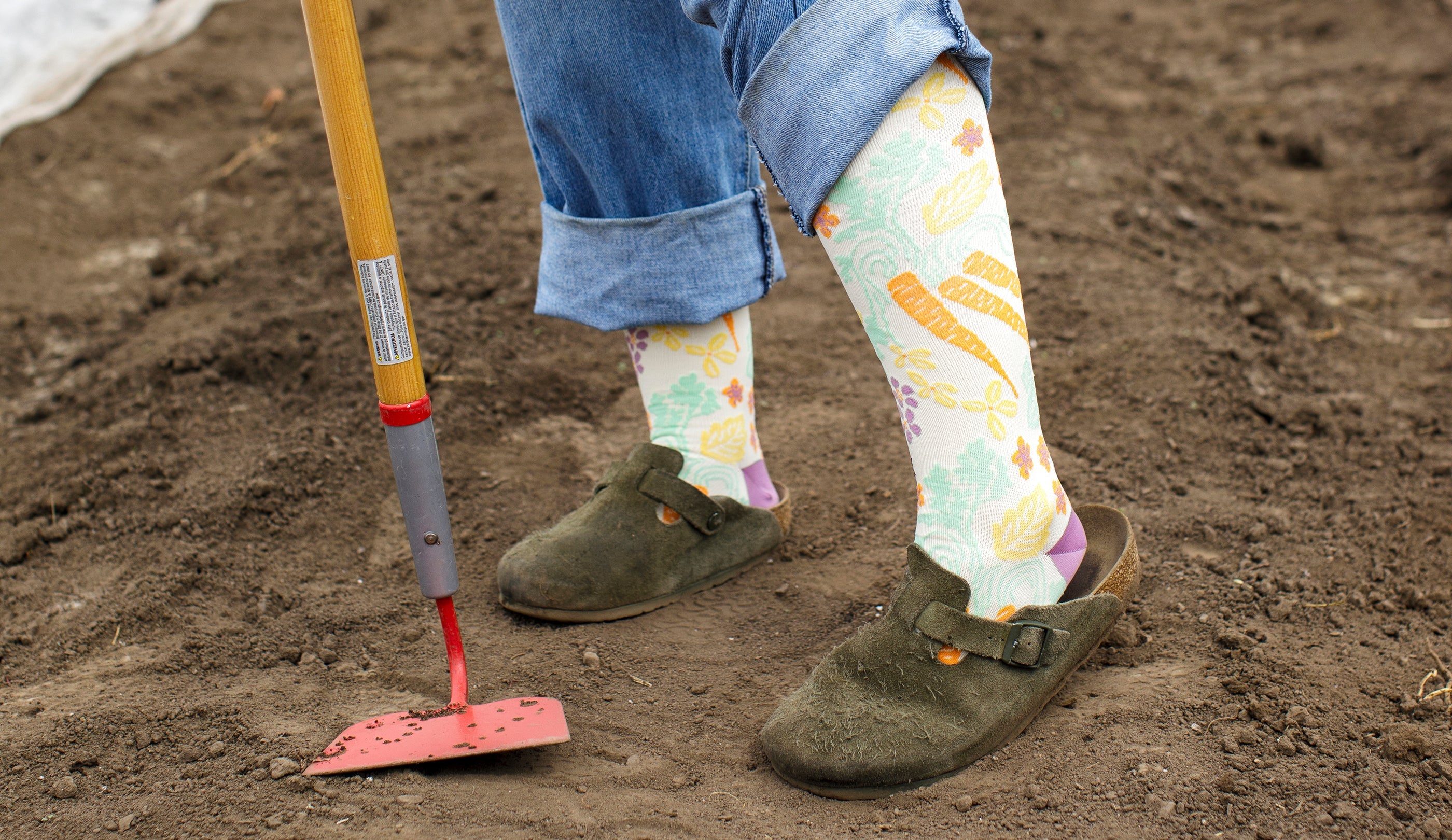
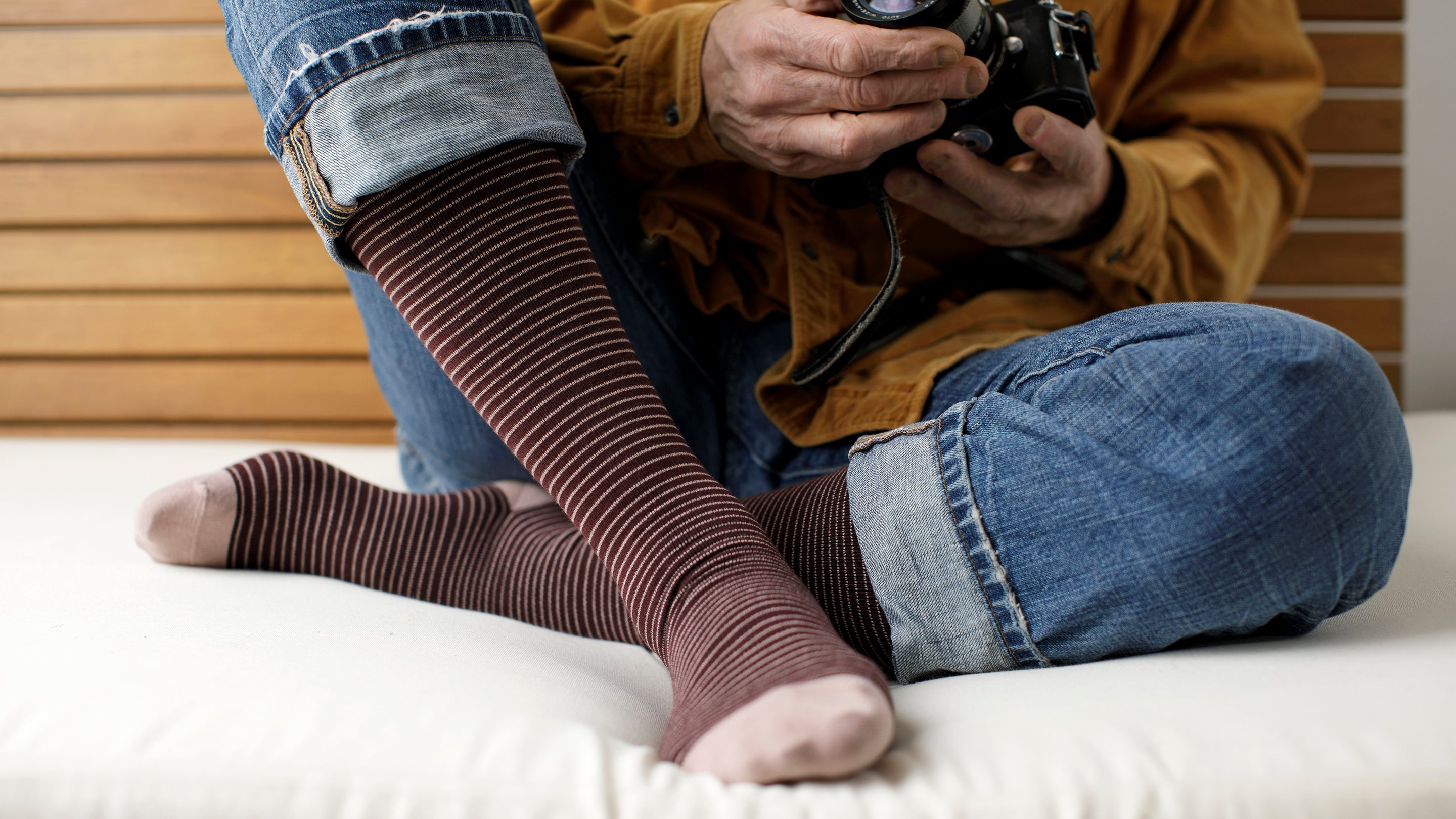
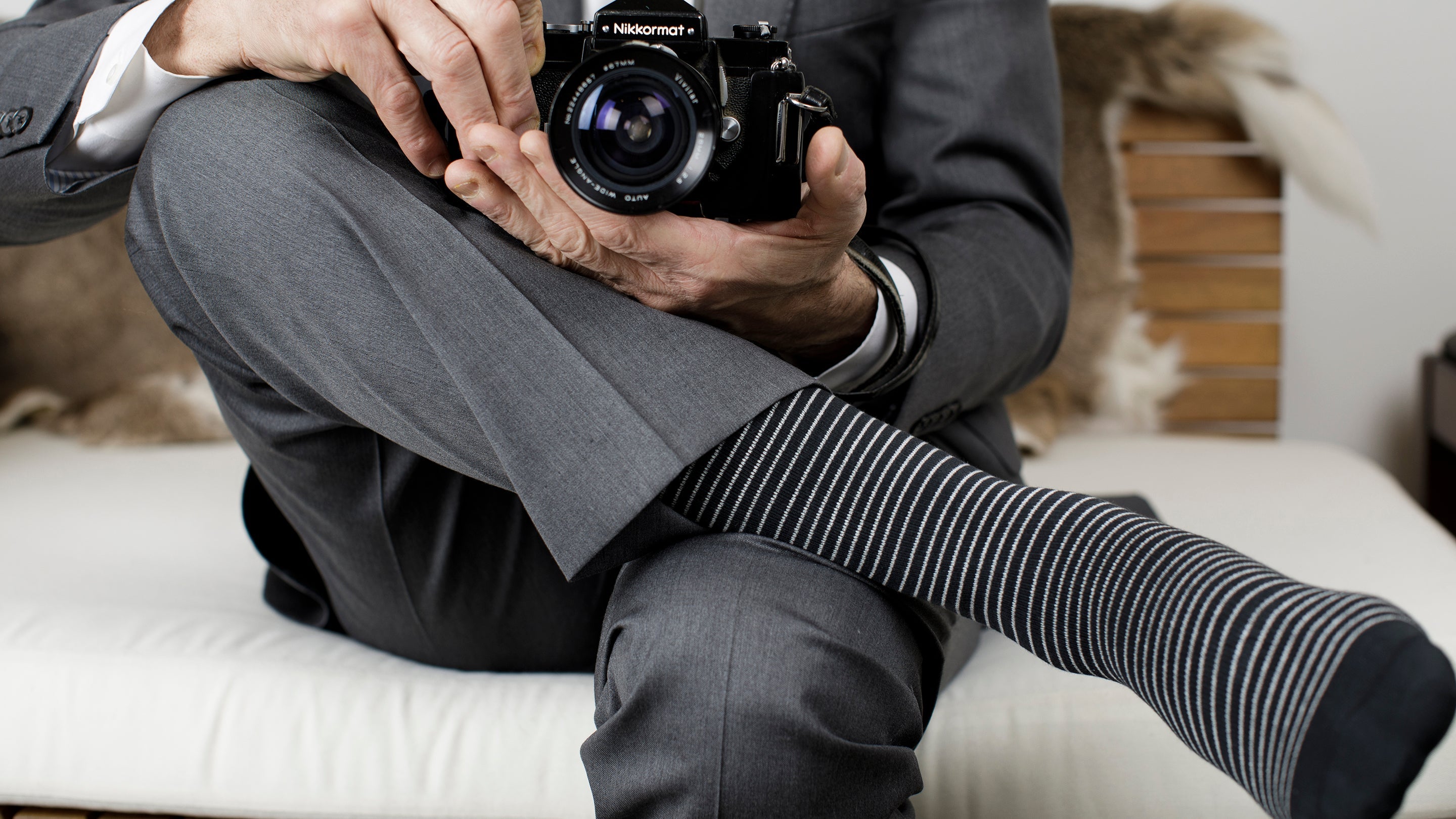


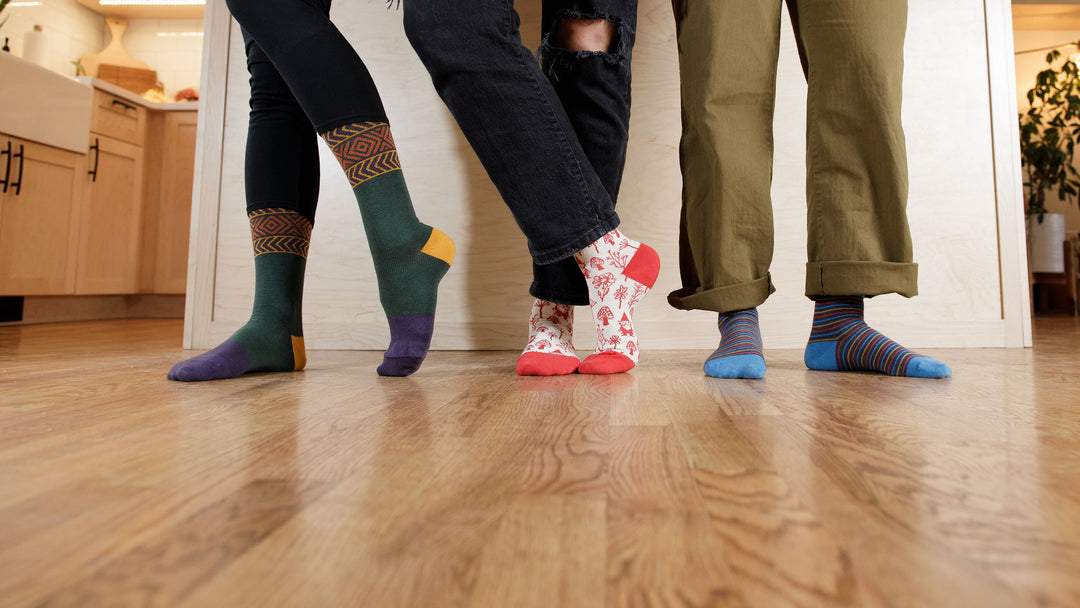
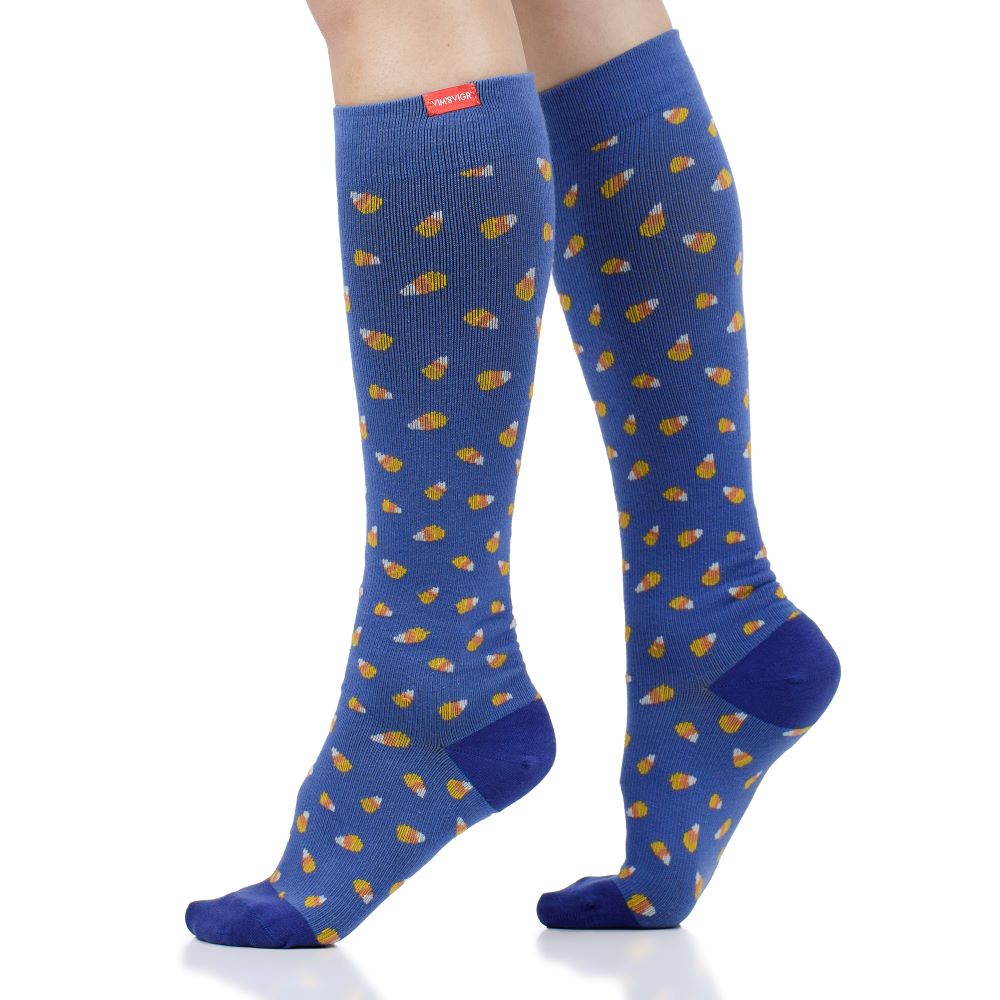
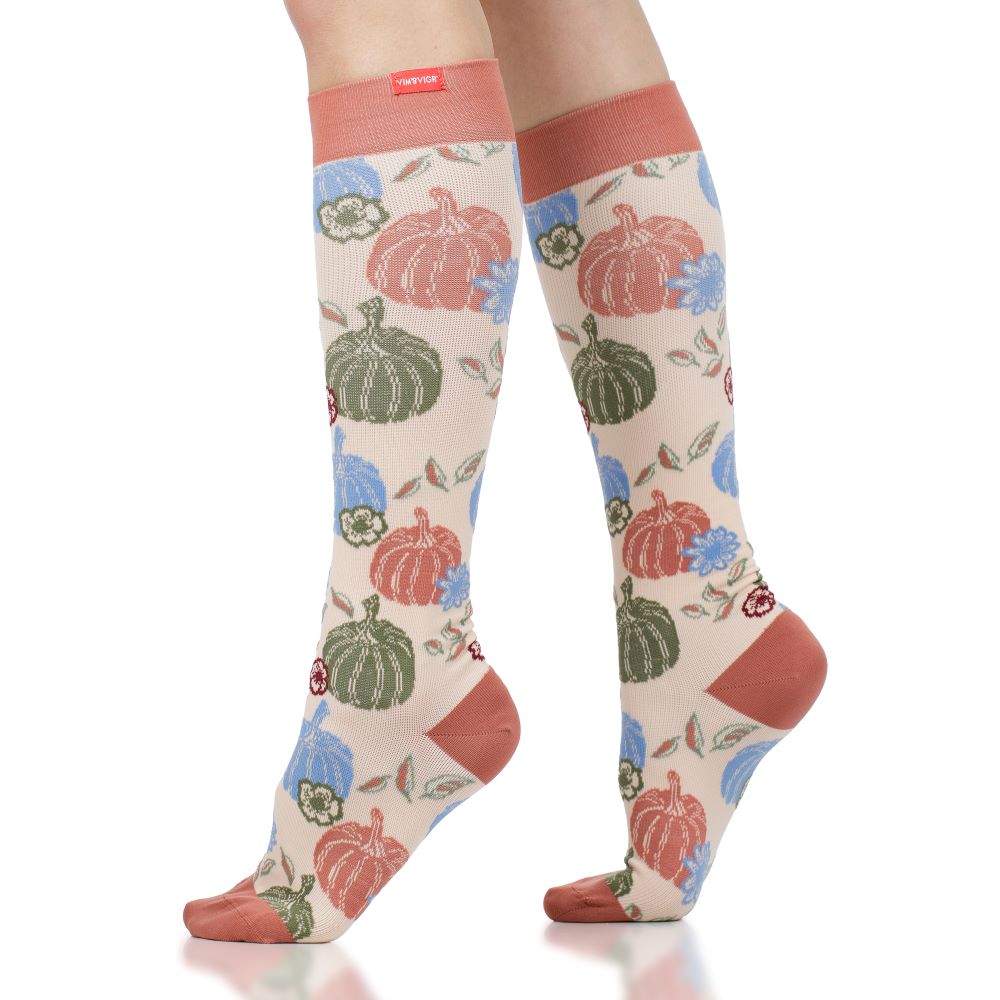
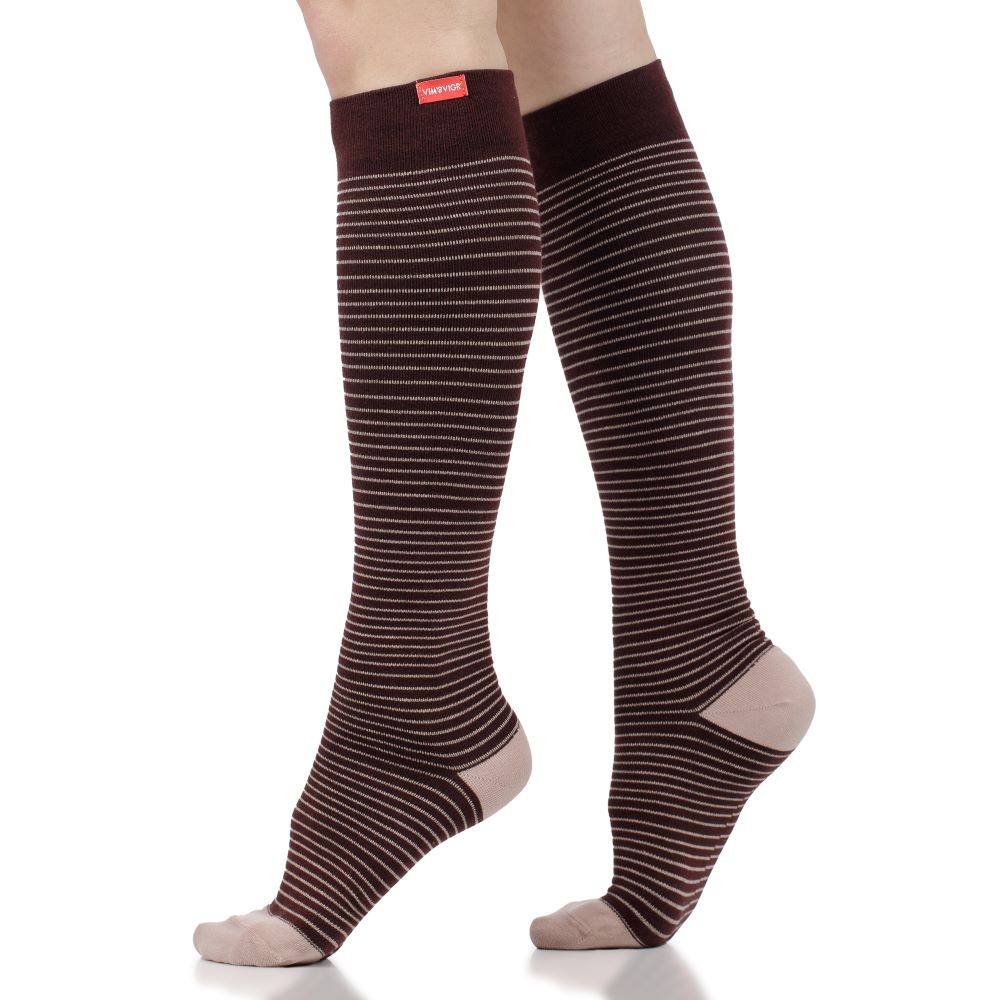
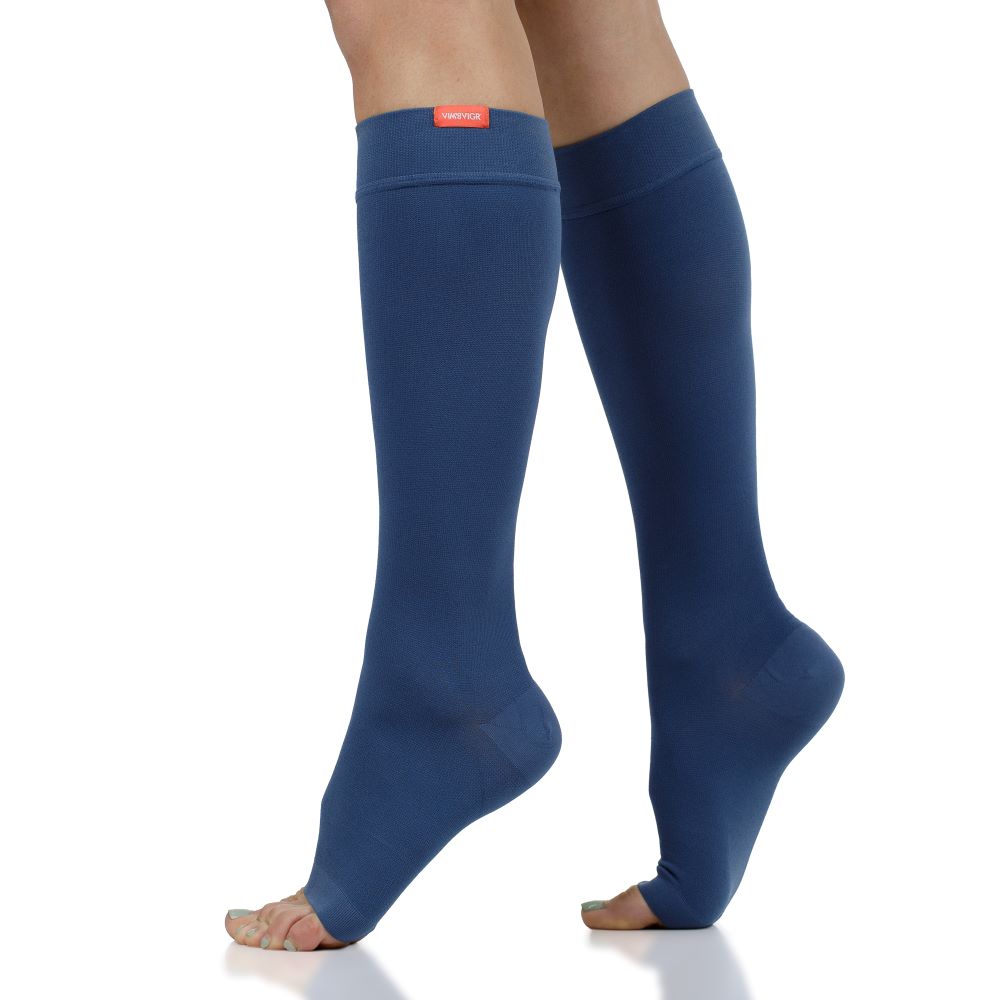
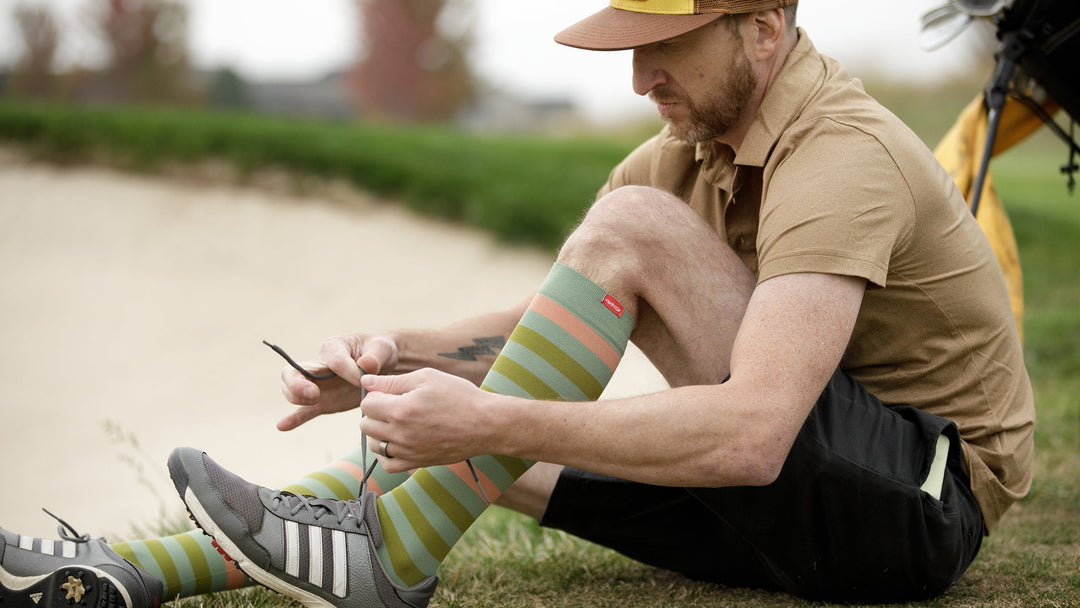
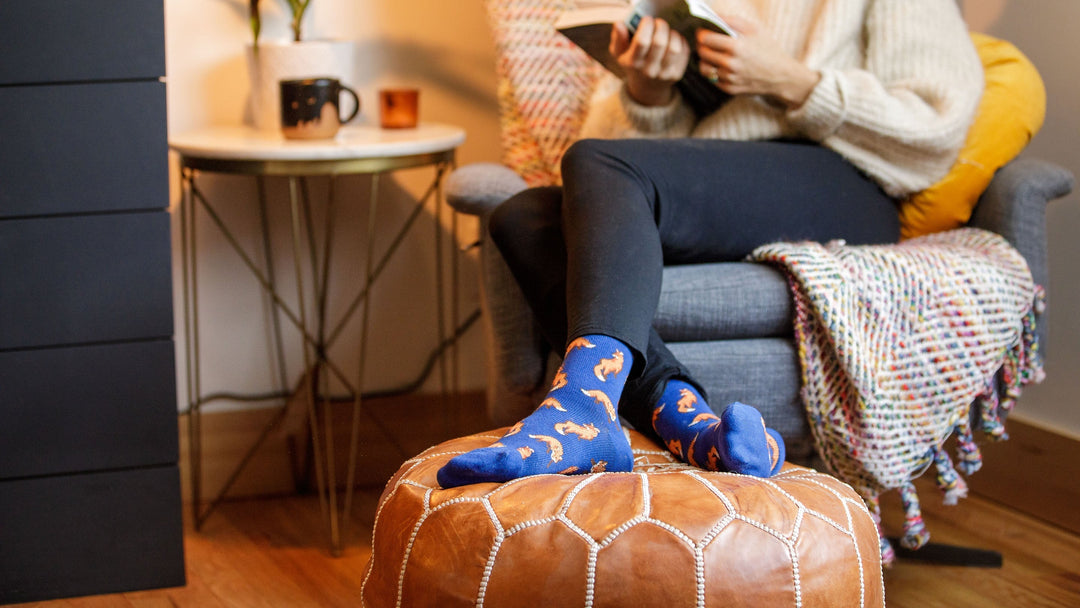
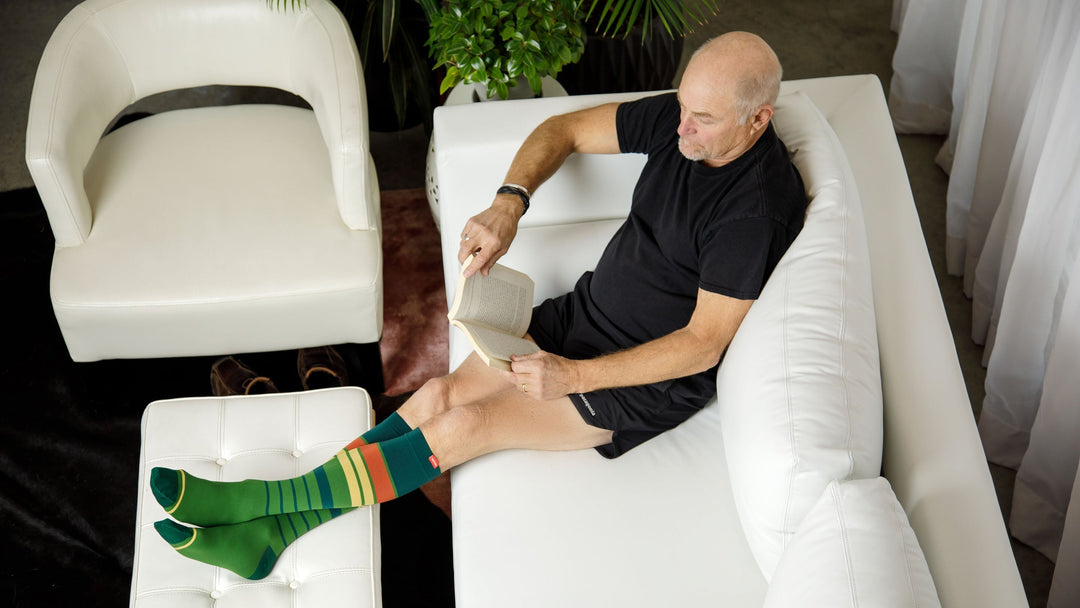
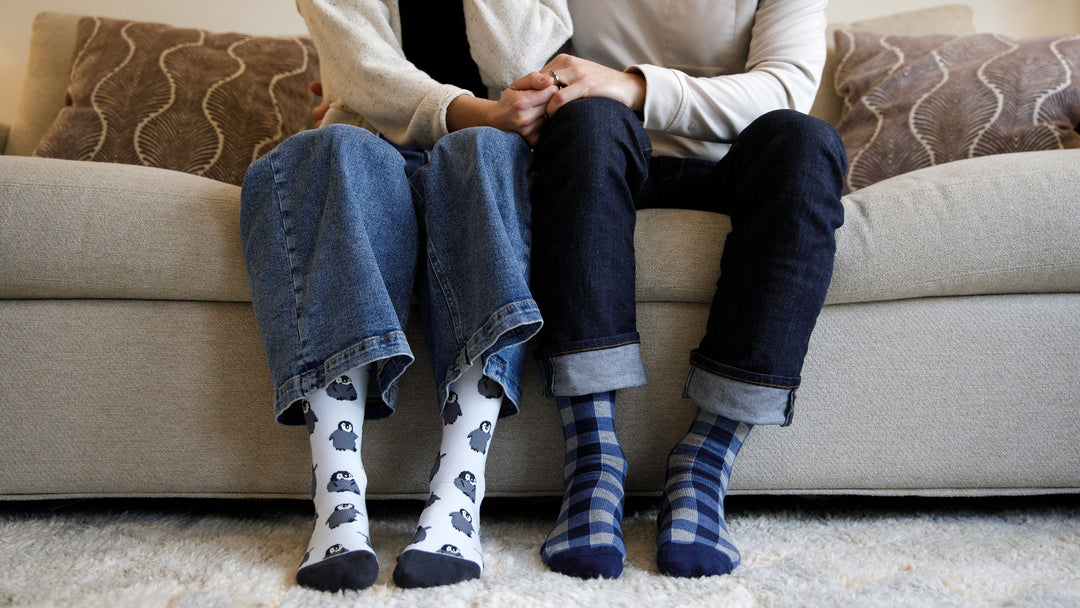
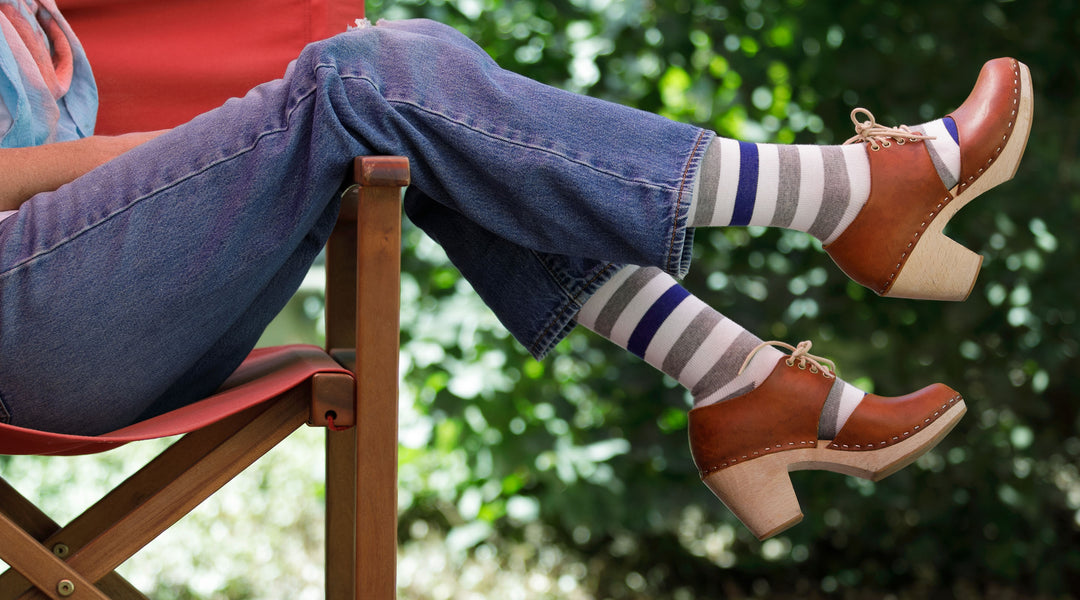
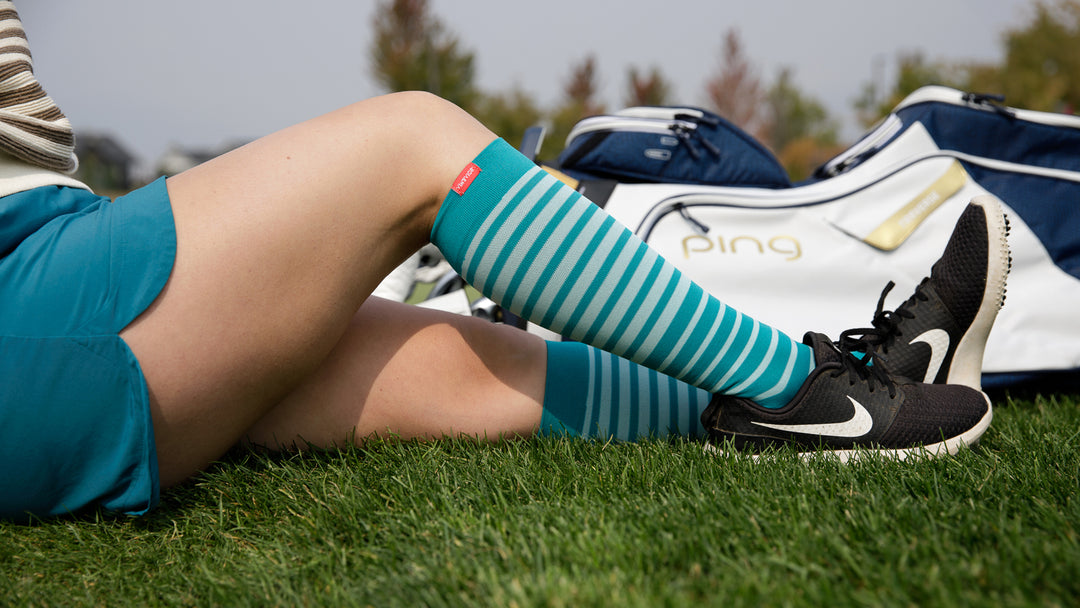
Leave a comment